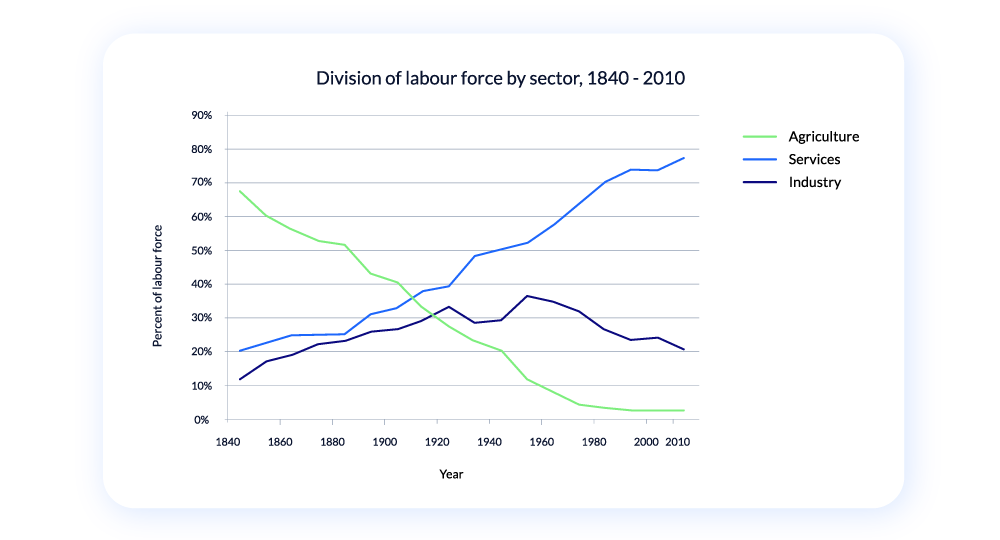
“4 out of 5 people have their jobs affected by COVID.” Fact.
“Coronavirus will result in 300 million people losing their jobs.” Fact.
.
.
.
.
.
“The COVID situation will help create more jobs in the future.”
Wait, Hear me out. Before you point your fingers towards the data above or snarl at me for putting the worst pandemic of the generation in a positive light, let me explain how.
It is true that sectors like hospitality and aviation that have taken the biggest hit will take a year or two to bounce back. However, other industries like IT and FMCG are already close to getting back to normalcy, whereas other sectors like manufacturing can see a major shift in the nature of operations with new opportunities.
COVID-19 has meant companies losing revenues and workforce working remotely. In such situations of social distancing, companies are looking at a technological help that can bail them out - “Automation”.

How automation can increase jobs?
In 1985, the US had 60,000 ATMs and 485,000 bank tellers. As ATMs began to become more popular, bankers feared about their jobs. By 2002, the number of ATMs had increased to 352,000. Did that mean an end to human tellers? Absolutely not! The number of human bank tellers also spiked to 527,000.
In the 1980s, the Brazilian government started emphasizing technological development. It took a series of steps to ensure progress in the field of science and engineering. The result? In two decades (1995-2014), the number of Brazilians employed (formally registered) increased from 23.8 to 49.6 million.
Sure, technology removes mundane jobs. But it also adds creative jobs that never existed. If technology reduced occupations like lumberjacks, milkmen, typesetters, and video stores; it also created professions like data scientists, social media managers, digital marketers, software engineers, app developers, drone operators, YouTube content creators, and many, many more.
So how does this happen?
The answer lies in 'Decision making'!
Why automation won't replace humans!
Innovation increases jobs in knowledge-intensive sectors. From the examples given above, it is quite evident that machines tend to take on more manual and repetitive tasks while leaving the cognitive, decision-making based work to humans. In such sectors where human intelligence is required, technology plays a complementary role, helping humans make business decisions with historical data. It is therefore of no surprise that since 1880, the fastest-growing professions in the world have been around the services sector, which requires minimal manual labor.

Technology not only creates jobs directly but also boosts recruitment in the dependent sectors such as medicine, education, finance, business, communication, and other professional services.
The fear of automation? Or the fear of change?

Even with all signs pointing towards significant growth in employment opportunities, the 2019 Edelman Trust Barometer Report revealed that 47 percent of workers around the world thought technological innovations are happening “too quickly” and leading to changes that are not good for “people like me.” Fifty-nine percent believe they do not have the training and skills necessary to get a well-paying job in a different environment, and 55 percent think automation and other innovations are taking jobs away.
In many ways, people don’t fear automation that much as they fear change. However, the modern workforce has always been about upskilling and learning new crafts, and those who embrace these changes will find themselves better positioned for a career in the future.

The Recruitment sector is currently facing similar crossroads. Automation was already on the agenda of most enterprises before the COVID19 pandemic; the recent situation has only accelerated the adoption. Just like in every other sector, AI-powered solutions will actually empower decision-makers. The race for automation is on, and organizations that embrace it early will have the edge over others.
References: